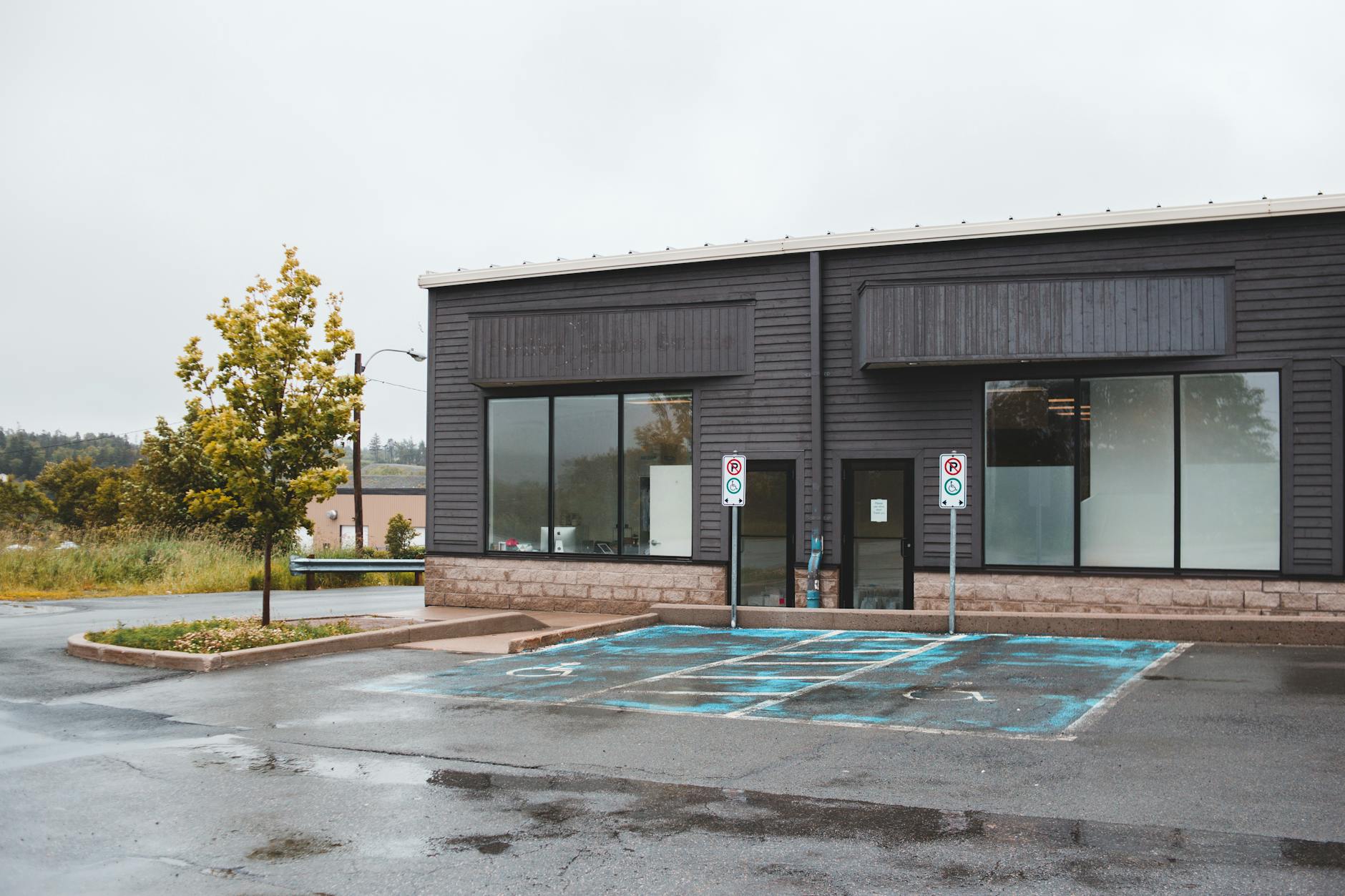How to Navigate Commercial Real Estate Listings for Retail Spaces
Navigating commercial real estate listings for retail spaces is an essential skill for business owners and investors looking to establish or expand their retail footprint. The process requires a clear understanding of the retail market, the needs of your business, and the critical factors that influence the suitability of a commercial property. Retail spaces often come with unique requirements such as location visibility, foot traffic, lease terms, and zoning restrictions, making the search more complex than standard commercial real estate. In this article, we will explore practical strategies to efficiently sift through listings, assess essential criteria, and make informed decisions. By mastering these steps, you can find a retail space perfectly aligned with your business goals and maximize your investment potential.
Understanding your business needs and market demand
Before diving into commercial real estate listings, clearly define your business requirements. Consider the type of retail operation you run—whether it’s a boutique, a food store, or a service provider—as these will dictate the size, layout, and location specifications. Market demand plays a big role here; analyze customer demographics, competitor locations, and buying behaviors within the intended area. This initial step narrows your search and avoids wasting time on unsuitable properties.
Use data tools and local market reports to identify high-traffic zones and growth areas. For example, shopping districts with foot traffic above 500 pedestrians per hour can be critical for impulse-driven retail businesses. Having a focused criterion helps you prioritize listings and spot hidden gems that fit your business concept.
Evaluating key commercial real estate listing criteria
Once business needs are established, review the listings by checking these critical factors:
- Location: Proximity to target customers, accessibility by public transport, and neighboring businesses that complement your store.
- Size and layout: Ensure the square footage meets your operational needs, including storage, display area, and customer flow.
- Lease terms and costs: Understand rental rates, lease length, renewal options, and any hidden fees like maintenance charges.
- Visibility and signage opportunities: The presence of prominent storefront windows or space for outdoor signage can drive brand awareness.
- Zoning and restrictions: Confirm the property is zoned for retail use and whether there are any limitations on the type of retail activity allowed.
To make comparisons easier, you can create a table like the following:
| Criteria | Property A | Property B | Property C |
|---|---|---|---|
| Location | Downtown, high foot traffic | Suburban mall | Near office district |
| Size (sq ft) | 1,200 | 2,000 | 1,500 |
| Lease cost (per sq ft) | $35 | $25 | $30 |
| Signage allowed | Yes | No | Yes |
| Zoning | Retail | Mixed-use | Retail |
Using technology and professional resources to streamline the search
The sheer volume of commercial real estate listings can be overwhelming, so leveraging technology is vital. Online platforms specialized in commercial property, like LoopNet or CREXi, enable filtering options that align with your criteria. These platforms often provide virtual tours, property history, and neighborhood analytics to reduce unnecessary site visits.
Additionally, working with a commercial real estate broker offers in-depth market knowledge and access to off-market opportunities. Brokers can help negotiate lease terms and navigate legal clauses, ensuring you avoid costly mistakes. Combining technology with professional help offers a balanced approach to a more efficient search process.
Performing due diligence and site visits
After identifying potential retail spaces, thorough due diligence is critical before committing. Visit each site during peak business hours to observe foot traffic patterns and neighborhood ambiance. Check the condition of the property, including HVAC systems, safety features, and compliance with local retail building codes.
Consult city zoning offices or municipal websites to verify the property’s legal status and limitations. Don’t forget to review the lease or purchase agreement meticulously, possibly with legal counsel, to ensure terms such as maintenance responsibilities, renewal options, and exclusivity clauses are clearly understood.
Conclusion
Navigating commercial real estate listings for retail spaces demands a systematic approach, beginning with a deep understanding of your business needs and market conditions. Evaluating the key factors such as location, size, lease terms, and zoning helps eliminate unsuitable options and focus on properties that fit your operational and financial goals. The use of online tools, combined with professional expertise, streamlines the search process by providing comprehensive insights and negotiation leverage. Finally, performing rigorous due diligence through site visits and legal review safeguards your investment and ensures your chosen space supports successful retail operations. Adhering to these strategies will enhance your confidence and efficiency in securing the ideal retail commercial property.
Image by: Erik Mclean
https://www.pexels.com/@introspectivedsgn
editor's pick
latest video
news via inbox
Nulla turp dis cursus. Integer liberos euismod pretium faucibua

